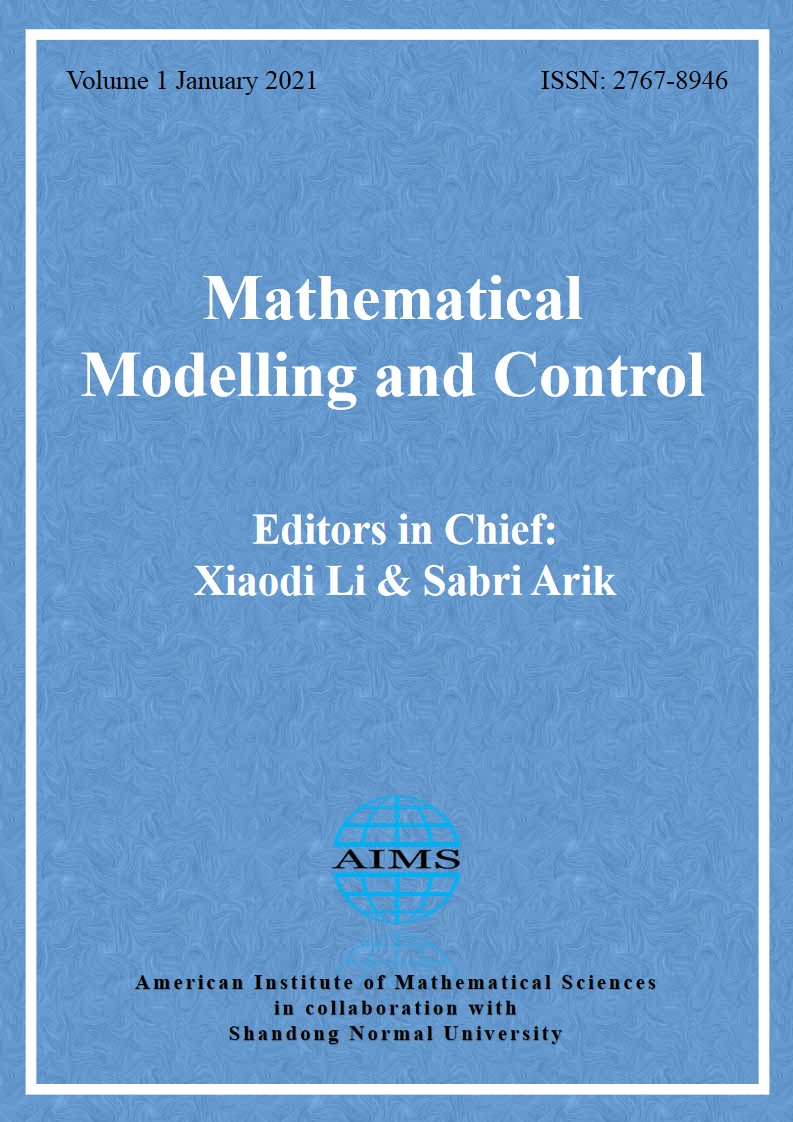|
[1]
|
K. Borch, An attempt to determine the optimum amount of stop loss reinsurance, Transactions of the 16th International Congress of Actuaries, 2 (1960), 597–610.
|
|
[2]
|
K. Arrow, Uncertainty and the welfare economics of medical care, Am. Econ. Rev., 53 (1963), 941–973. https://doi.org/10.1515/9780822385028-004 doi: 10.1515/9780822385028-004

|
|
[3]
|
A. Raviv, The design of an optimal insurance policy, Am. Econ. Rev., 69 (1979), 84–96. https://doi.org/10.1007/978-94-015-7957-5_13 doi: 10.1007/978-94-015-7957-5_13

|
|
[4]
|
J. Cai, K. Tan, C. Weng, Y. Zhang, Optimal reinsurance under VaR and CTE risk measures, Insurance: Mathematics and Economics, 43 (2008), 185–196. https://doi.org/10.1016/j.insmatheco.2008.05.011 doi: 10.1016/j.insmatheco.2008.05.011

|
|
[5]
|
H. Assa, On optimal reinsurance policy with distortion risk measures and premiums, Insurance: Mathematics and Economics, 61 (2015), 70–75. https://doi.org/10.1016/j.insmatheco.2014.11.007 doi: 10.1016/j.insmatheco.2014.11.007

|
|
[6]
|
S. Zhuang, C. Weng, K. Tan, H. Assa, Marginal indemnification function formulation for optimal reinsurance, Insurance: Mathematics and Economics, 67 (2016), 65–76. https://doi.org/10.1016/j.insmatheco.2015.12.003 doi: 10.1016/j.insmatheco.2015.12.003

|
|
[7]
|
A. Lo, A Neyman–Pearson perspective on optimal reinsurance with constraints, ASTIN Bulletin: The Journal of the IAA, 47 (2017), 467–499. https://doi.org/10.1017/asb.2016.42 doi: 10.1017/asb.2016.42

|
|
[8]
|
M. Rothschild, J. Stiglitz, Equilibrium in competitive insurance markets: an essay on the economics of imperfect information, Uncertainty in economics, (1978), 257–280.
|
|
[9]
|
J. E. Stiglitz, Monopoly, non-linear pricing and imperfect information: the insurance market, The Review of Economic Studies, 44 (1977), 407–430. https://doi.org/10.2307/2296899 doi: 10.2307/2296899

|
|
[10]
|
V. R. Young, M. J. Browne, Equilibrium in competitive insurance markets under adverse selection and Yaari's dual theory of risk, Geneva Papers on Risk and Insurance Theory, 25 (2000), 141–157. https://doi.org/10.1023/A:1008762312418 doi: 10.1023/A:1008762312418

|
|
[11]
|
M. J. Ryan, R. Vaithianathan, Adverse selection and insurance contracting:a rank-dependent utility analysis, Contributions in Theoretical Economics, 3 (2003), 1–18. https://doi.org/10.2202/1534-5971.1074 doi: 10.2202/1534-5971.1074

|
|
[12]
|
M. Jeleva, B. Villeneuve, Insurance contracts with imprecise probabilities and adverse selection, Economic Theory, 23 (2004), 777–794. https://doi.org/10.1007/s00199-003-0396-x doi: 10.1007/s00199-003-0396-x

|
|
[13]
|
H. Chade, E. Schlee, Optimal insurance with adverse selection, Theoretical Economics, 7 (2012), 571–607. https://doi.org/10.3982/TE671 doi: 10.3982/TE671

|
|
[14]
|
K. Cheung, S. C. P. Yam, F. L. Yuen, Reinsurance contract design with adverse selection, Scandinavian Actuarial Journal, 9 (2019), 784–798. https://doi.org/10.1080/03461238.2019.1616323 doi: 10.1080/03461238.2019.1616323

|
|
[15]
|
K. Cheung, S. C. P. Yam, F. L. Yuen, Y. Zhang, Concave distortion risk minimizing reinsurance design under adverse selection, Insurance: Mathematics and Economics, 91 (2020), 155–165. https://doi.org/10.1016/j.insmatheco.2020.02.001 doi: 10.1016/j.insmatheco.2020.02.001

|
|
[16]
|
G. Huberman, D. Mayers, C. W. Smith Jr, Optimal insurance policy indemnity schedules, Bell Journal of Economics, 14 (1983), 415–426. https://doi.org/10.2307/3003643 doi: 10.2307/3003643

|
|
[17]
|
M. Denuit, C. Vermandele, Optimal reinsurance and stop-loss order, Insurance: Mathematics and Economics, 22 (1998), 229–233. https://doi.org/10.1016/s0167-6687(97)00039-5 doi: 10.1016/s0167-6687(97)00039-5

|
|
[18]
|
T. J. Boonen, Y. Zhang, Optimal reinsurance design with distortion risk measures and asymmetric information, ASTIN Bulletin: The Journal of the IAA, 51 (2021), 607–629. https://doi.org/10.1017/asb.2021.8 doi: 10.1017/asb.2021.8

|
|
[19]
|
M. Landsberger, I. Meilijson, A general model of insurance under adverse selection, Econ. Theor., 14 (1999), 331–352. https://doi.org/10.1007/s001990050297 doi: 10.1007/s001990050297

|
|
[20]
|
J. J. Laffont, D. Martimort, The Theory of Incentives: The Principal-Agent Model, New Jersey, USA: Princeton University Press, 2001.
|












 DownLoad:
DownLoad: